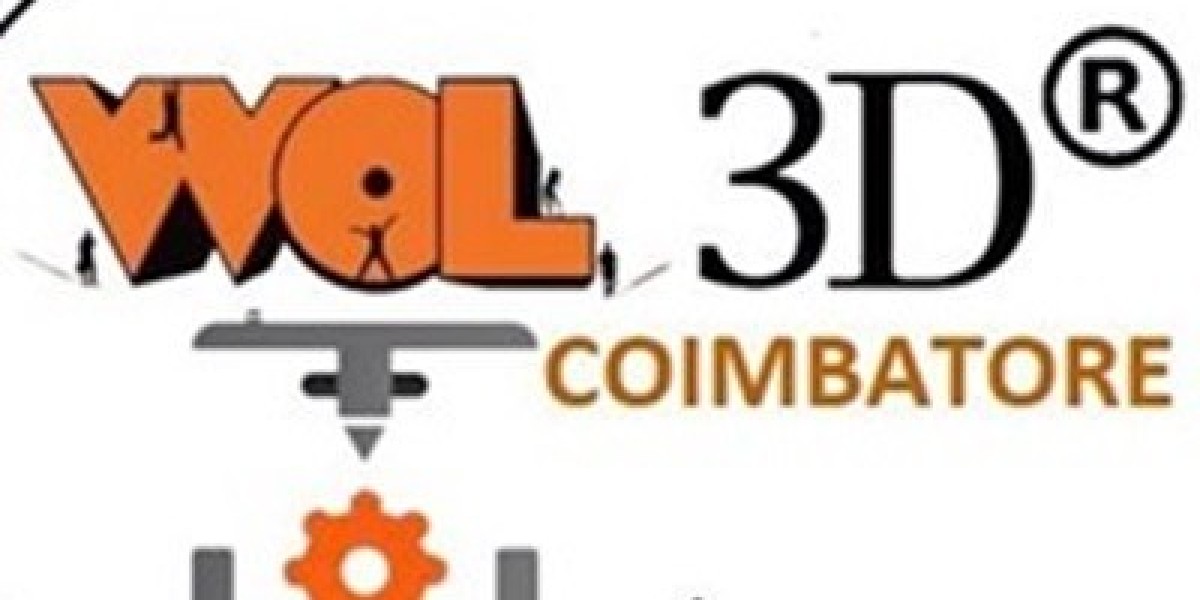The earliest microscopes were very simple instruments, using just a single lens to magnify small objects. Starting in the early 1600s with innovations like Antonie van Leeuwenhoek's simple single-lens microscope, scientists were able to view cells and microorganisms for the first time. Over centuries, compound microscopes with multiple lenses were developed that provided much higher magnification and resolution. In recent decades, there have been major advancements with the development of electron microscopes and fluorescence microscopes that have revolutionized fields like cell biology. Electron microscopes can magnify objects up to 2 million times their size, revealing ultrastructure details too small to see with optical microscopes. Fluorescence microscopes paired with fluorescent dyes or proteins allow researchers to visualize specific structures or compounds within cells. Advances in microscopy have played a key role in many life science discoveries.
New Tools for Studying Genetics and Proteins
The development of tools like electrophoresis, centrifuges, and blotting techniques has enabled major advances in understanding genetics and proteins. Gel electrophoresis uses an electric current to separate molecules like DNA, RNA, or proteins based on their size and charge. This technique, along with Southern blotting and Northern blotting, facilitated breakthrough discoveries in molecular genetics. Ultracentrifuges developed in the early 20th century allowed separation of cellular components and isolation of viruses, enabling new areas of virology research. More recently, tools like DNA microarrays and next-generation sequencing technologies have transformed genomics research through their ability to rapidly sequence whole genomes. Western blotting, affinity chromatography, mass spectrometry, and protein microarrays provide powerful approaches for analyzing complex proteomes. These techniques have been essential for major areas of modern biology like the human genome project.
Advancing Medical Diagnostics and Treatment
In addition to basic research applications, Life Science Instrumentation has played a huge role in advancing medical diagnostics, monitoring, and treatment. Histopathology relies on microscopes to examine biopsy samples, while imaging modalities like MRI, CT, PET, ultrasound and X-ray provide non-invasive views inside the body. Flow cytometry quantifies cells by detecting scattered and fluorescent light, finding wide use in immunology and cancer research. Devices like electrocardiograms, blood pressure monitors, pacemakers, and defibrillators have transformed cardiology. Advances in biomedical instrumentation also power surgical technologies like endoscopes, lasers, and robotic surgery systems. In diagnostics, tools like polymerase chain reaction (PCR), ELISA assays, lateral flow tests, and DNA microarrays rapidly screen for infectious diseases, genetic conditions, and biomarkers. Life science technologies have enabled major healthcare achievements like organ transplants, cancer treatments, and vaccine development that have improved human health worldwide.
Research is Aided by Automation and High Throughput Technologies
To accelerate research, life science instrumentation is increasingly focused on automation, high throughput, and integration. Automated liquid handlers and robotic platforms can now rapidly perform protocols like pipetting, transfection, treatment addition, staining, imaging, and sample storage previously done manually in labs. Microfluidics technologies miniaturize assays down to the nanoliter scale, increasing throughput and lowering reagent consumption. Technologies like microarrays, flow cytometry, automated microscopy, and next generation sequencing can analyze thousands to millions of data points in parallel. Integration of life science tools now also enables multi-omic approaches that combine genomic, proteomic, metabolomics, and other data types. Bioinformatics software provides the computing power to analyze massive experimental datasets. These high throughput advances have been game changing, enabling researchers to interrogate biological systems at an unprecedented scale and throughput. They have catalyzed major discoveries while lowering costs of experiments. Automation continues facilitating seamless transfer of samples between integrated instruments as well. Overall, innovations in instrumentation have been pivotal in advancing life sciences and transforming healthcare over the past century.
Get more insights on Life Science Instrumentation
For Deeper Insights, Find the Report in the Language that You want:-








